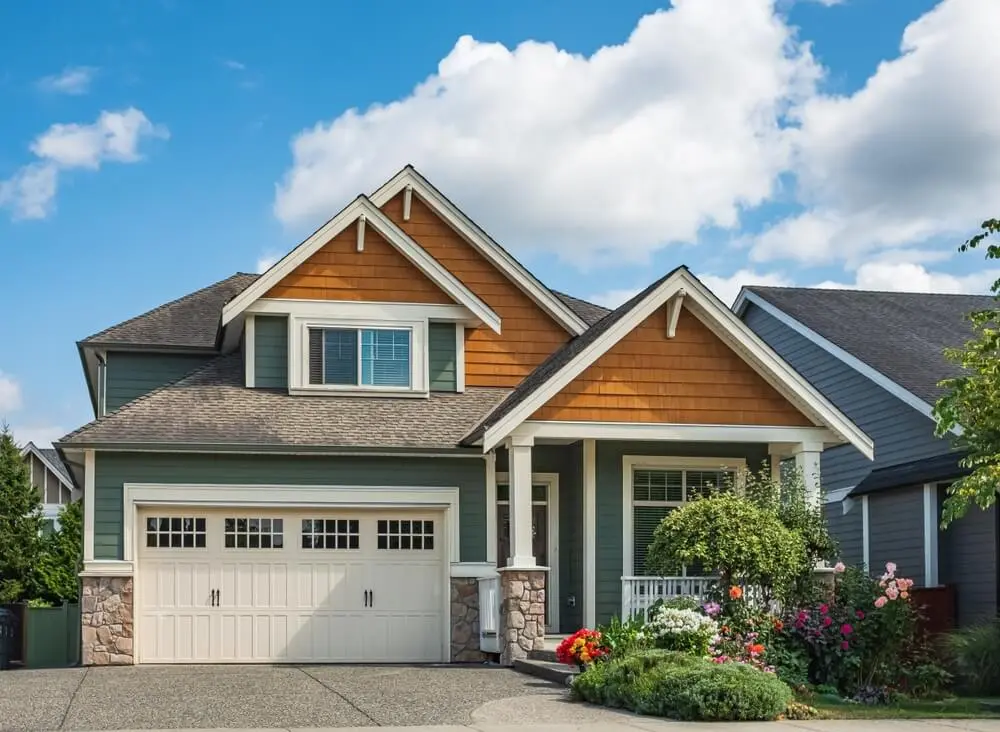How to Sell Your House Fast in Brooklyn
Selling a house in Brooklyn can be both challenging and stressful, especially in a market as dynamic and competitive as this one. Whether you’re relocating, downsizing, or moving to a new neighborhood, a swift sale is crucial. A quick transaction can save you time, reduce stress, and potentially boost your financial outcome, while a property that lingers too long can raise concerns and lead to lower offers. Brooklyn’s real estate market is highly competitive, attracting many buyers eager to find their ideal home. To stand out and avoid prolonged selling periods, it’s essential to understand the market and employ effective strategies. This guide will provide essential tips on preparing your home, setting the right price, and implementing effective marketing strategies to achieve your goal of selling your house fast in Brooklyn. 1. Preparing Your Home for Sale Preparing your home for sale is a critical step in ensuring a quick and successful transaction, especially in the competitive Brooklyn market. Start by decluttering and cleaning your home thoroughly. A clutter-free space allows potential buyers to envision themselves living in the house, making it more appealing. Clean every nook and cranny, including windows, carpets, and countertops, to present a pristine environment. Consider renting a storage unit for excess belongings and personal items to keep the space open and neutral. Next, address any necessary repairs and upgrades. Fixing minor issues like leaky faucets, broken tiles, and squeaky doors can make a significant difference in how buyers perceive the property’s maintenance. If your budget allows, consider making strategic upgrades that add value, such as modernizing the kitchen or bathroom, repainting walls in neutral colors, or updating light fixtures. These improvements can enhance your home’s appeal and justify a higher asking price. Finally, invest time in home staging to showcase your property in the best possible light. Arrange furniture to highlight the flow and functionality of each room, and add decorative touches like fresh flowers, artwork, and cozy textiles to create a welcoming atmosphere. If you’re unsure where to start, hiring a professional stager can be a worthwhile investment. Proper staging helps buyers connect emotionally with your home, increasing the likelihood of a quick sale. By decluttering, making necessary repairs, and staging effectively, you set the stage for a successful and expedited home sale in Brooklyn. 2. Setting the Right Price Setting the right price for your home is a crucial factor in ensuring a quick sale in Brooklyn’s fast-paced real estate market. A competitive price attracts more potential buyers, increasing the likelihood of multiple offers and a faster closing process. Overpricing can lead to your property sitting on the market for extended periods, causing buyers to become suspicious and potentially leading to price reductions that can ultimately cost you time and money. To determine the optimal price, start by analyzing current market trends. Look at recent sales of similar properties in your neighborhood, paying close attention to the final sale prices, time on the market, and any price adjustments. This comparative market analysis will give you a realistic understanding of what buyers are willing to pay and help you set a price that reflects your home’s true value without deterring interest. Consulting with experienced real estate agents can provide invaluable insights and guidance. Agents have access to comprehensive market data and can offer a professional assessment of your home’s value. They can also advise on pricing strategies, such as setting a slightly lower price to generate more interest and create a bidding war, which can ultimately drive the price up. By setting the right price from the outset, you position your home to attract serious buyers and expedite the sale process. 3. Effective Marketing Strategies Effective marketing strategies are essential for selling your house quickly in Brooklyn’s competitive market. Start with professional photography and virtual tours. High-quality images and immersive virtual tours can make a significant impact on potential buyers, allowing them to experience your home’s best features from the comfort of their own space. Hiring a professional photographer ensures that your property is presented in the best possible light, capturing the attention of buyers and encouraging them to schedule a viewing. Next, list your property on popular real estate websites such as Zillow, Realtor.com, and Trulia. These platforms have a wide reach and are the first place many buyers look when searching for a new home. Make sure your listing is detailed and includes all the essential information, such as price, square footage, and unique features, along with the professional photos and virtual tour links. A well-crafted listing can attract more interest and inquiries, increasing the chances of a quick sale. In addition to traditional listings, leverage social media promotion and online ads to reach a broader audience. Platforms like Facebook, Instagram, and Twitter are excellent tools for showcasing your property to a targeted audience. Create engaging posts with stunning visuals and compelling descriptions, and consider using paid ads to boost visibility. Social media allows for real-time interaction with potential buyers and can drive significant traffic to your listing. Combining professional photography, strategic online listings, and robust social media promotion creates a powerful marketing campaign that can expedite the sale of your home. 4. Choosing the Right Real Estate Agent Choosing the right real estate agent is pivotal in selling your house quickly and efficiently in Brooklyn. Start by looking for key qualities in an agent, such as experience, excellent communication skills, and a proven track record of successful sales. A good agent should be knowledgeable about the current market trends, proactive in their marketing approach, and able to provide valuable advice throughout the selling process. Their ability to negotiate effectively and maintain a positive relationship with potential buyers and other agents can significantly impact the speed and success of your sale. Working with a local Brooklyn expert offers substantial benefits. Local agents have an in-depth understanding of the neighborhood’s market dynamics, including pricing strategies, buyer preferences, and the competitive landscape. They can leverage their local connections and networks to find interested
How to Sell Your House Fast in Brooklyn Read More »





